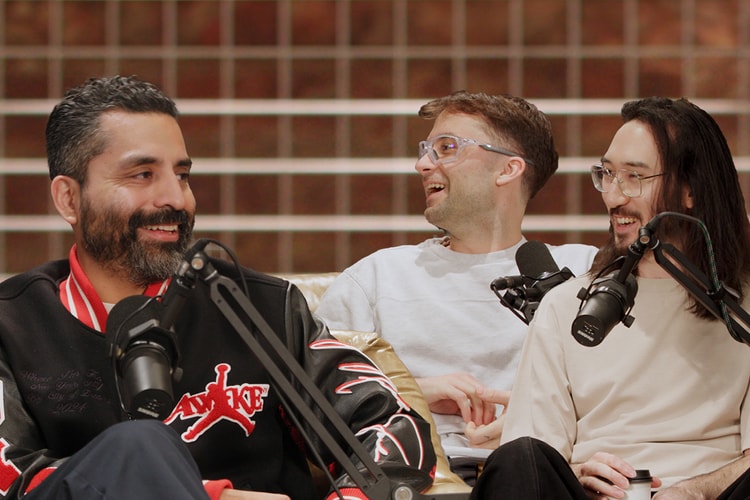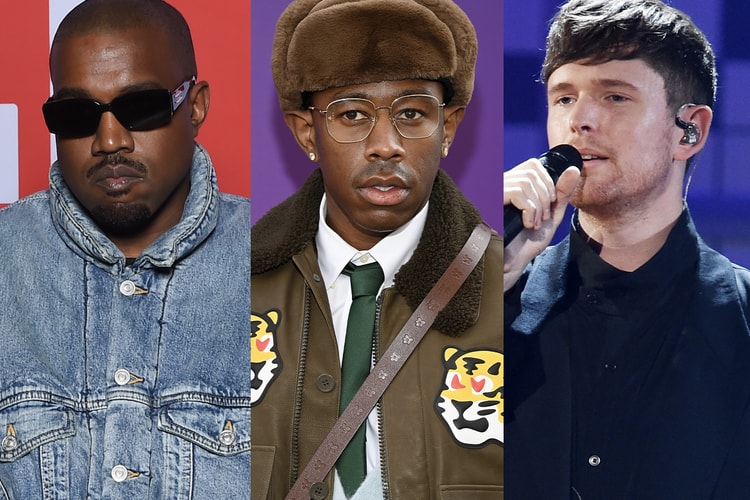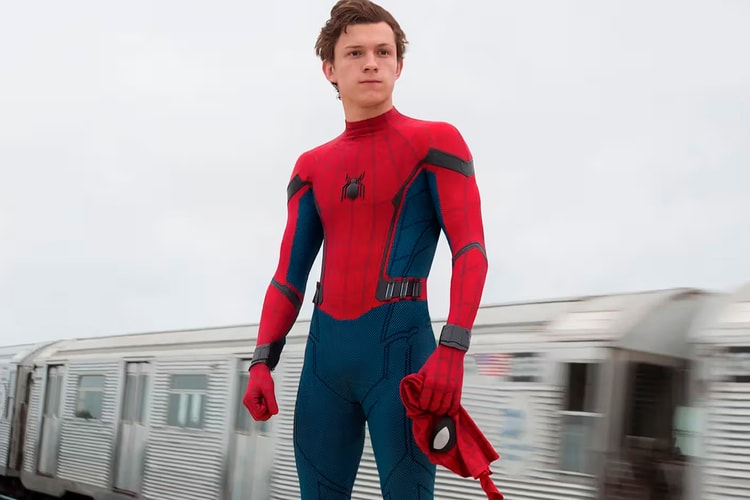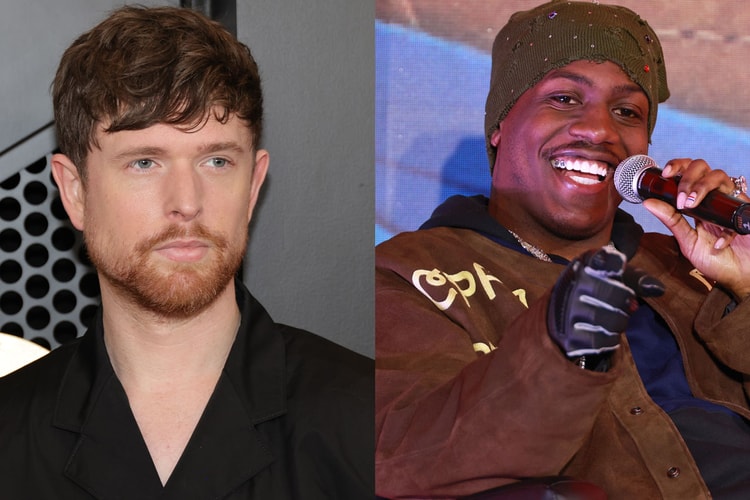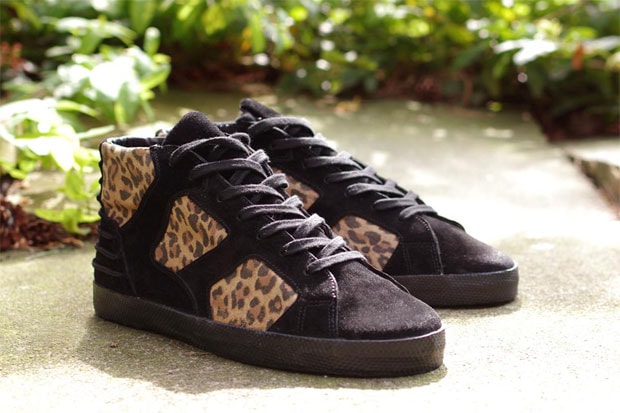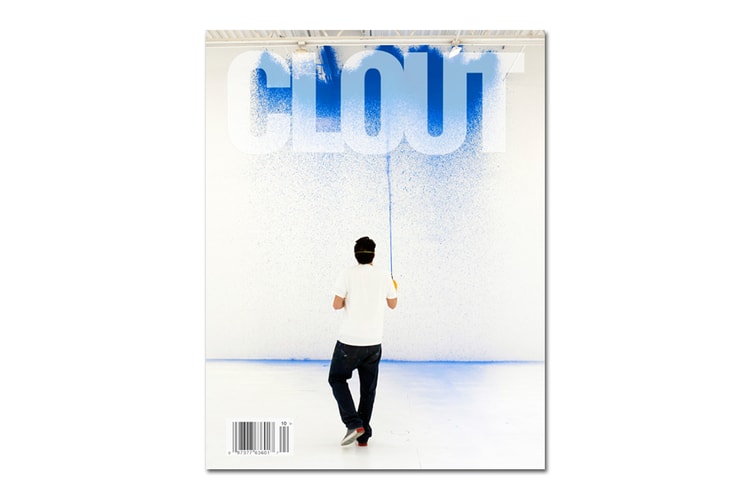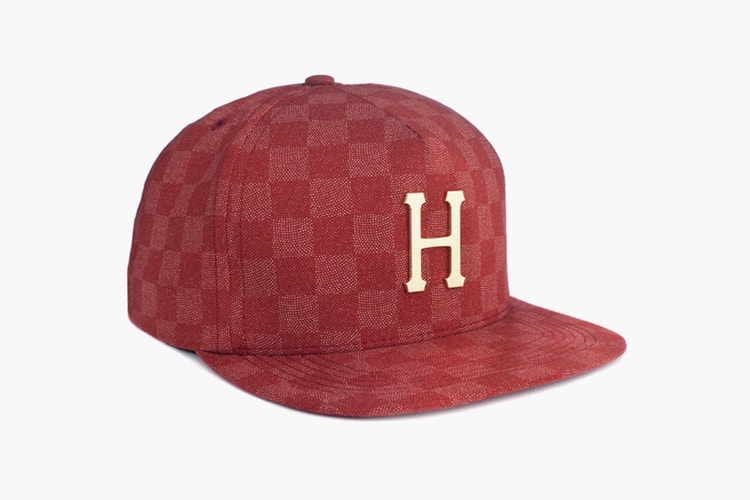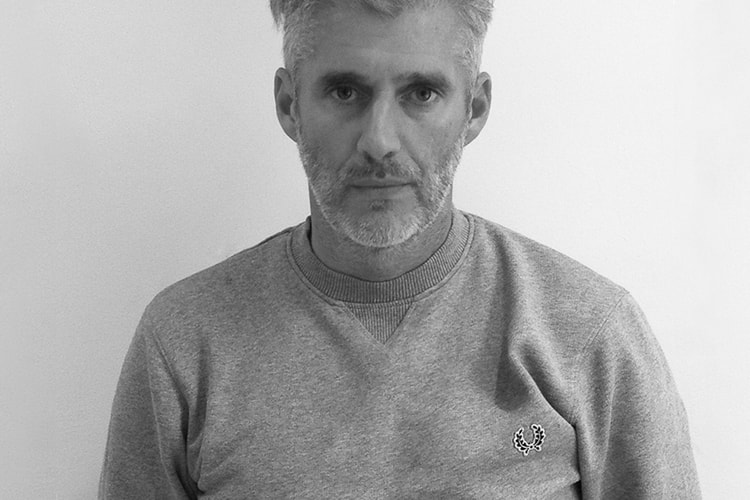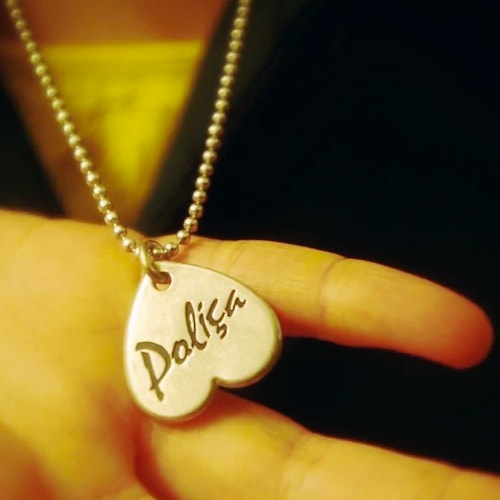TOMS Founder Blake Mycoskie Discusses the Success of His Business and Philanthropy
In a short six years, TOMS Shoes has effectively redefined the landscape for fashion philanthropy.
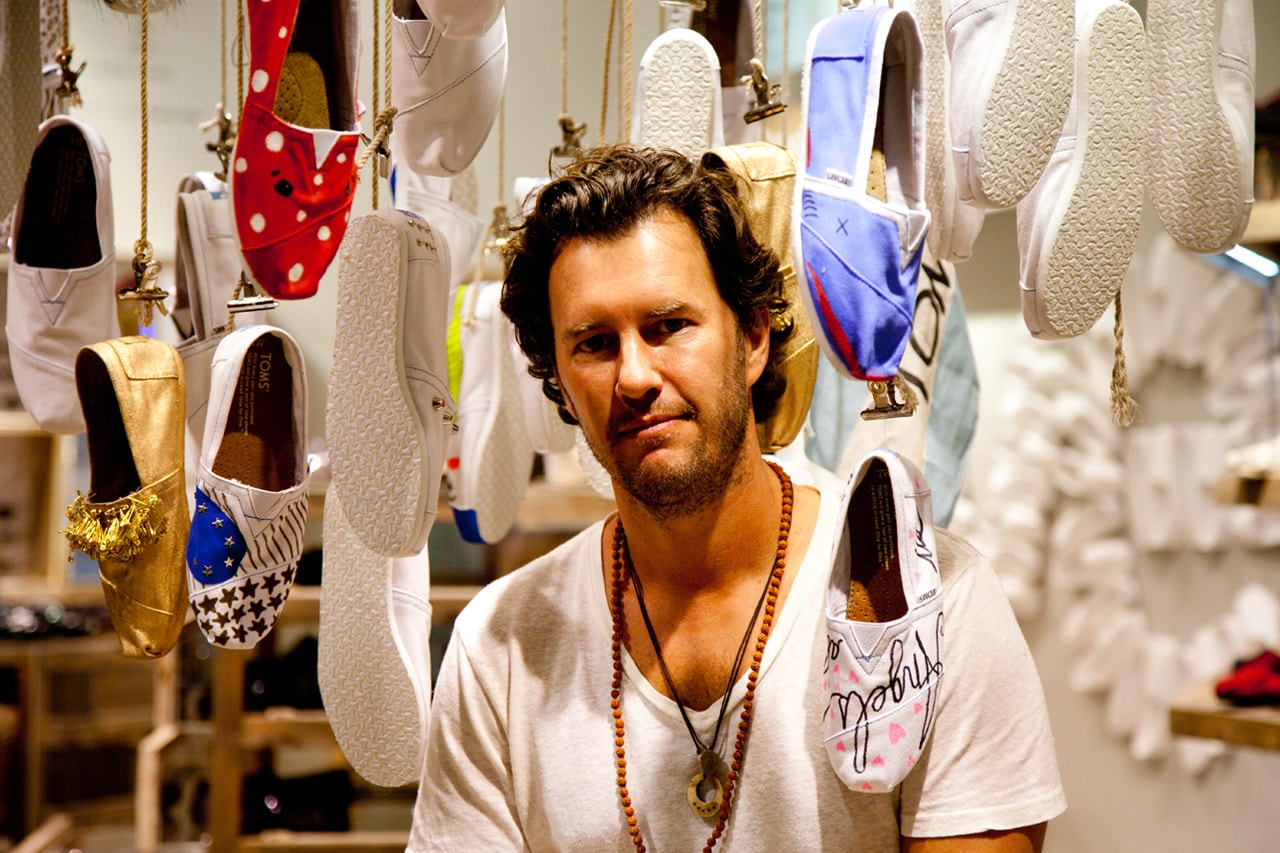
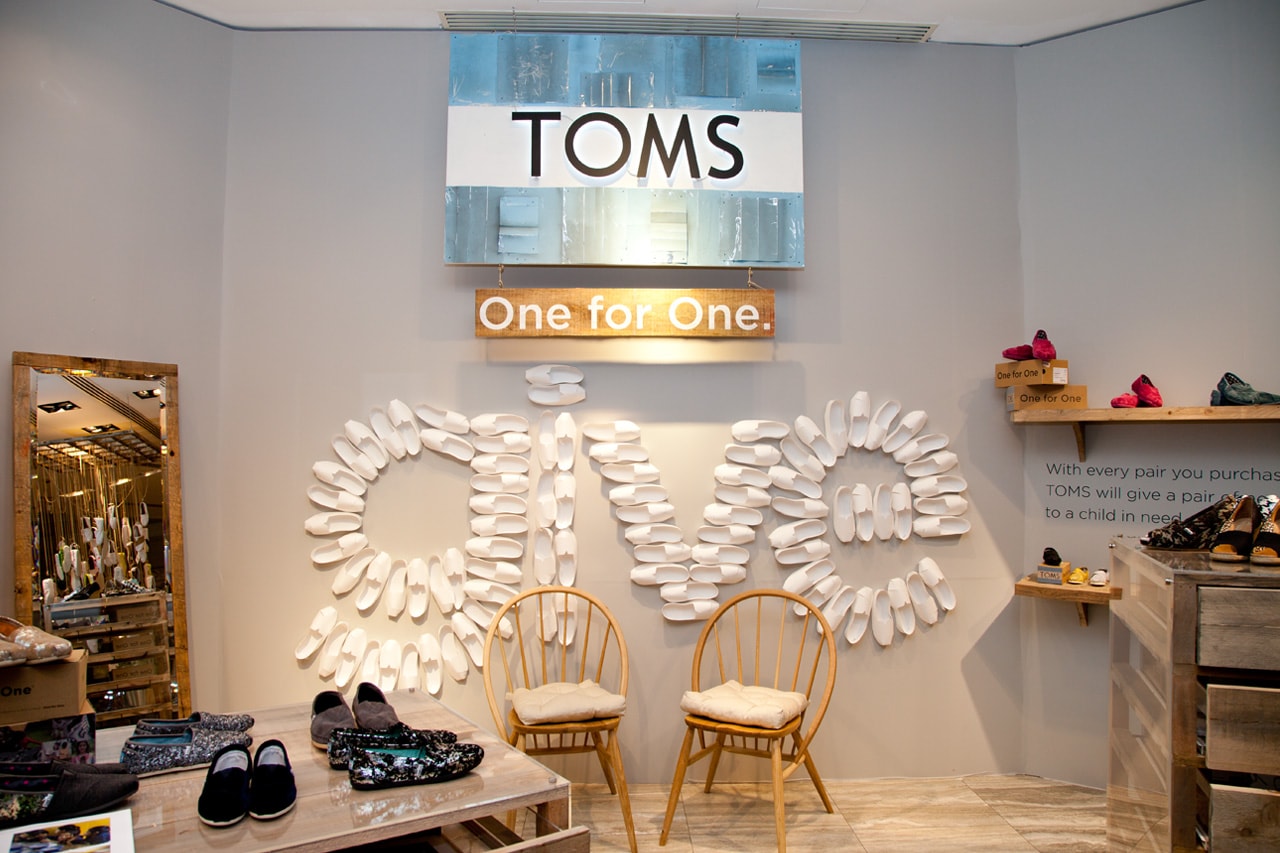
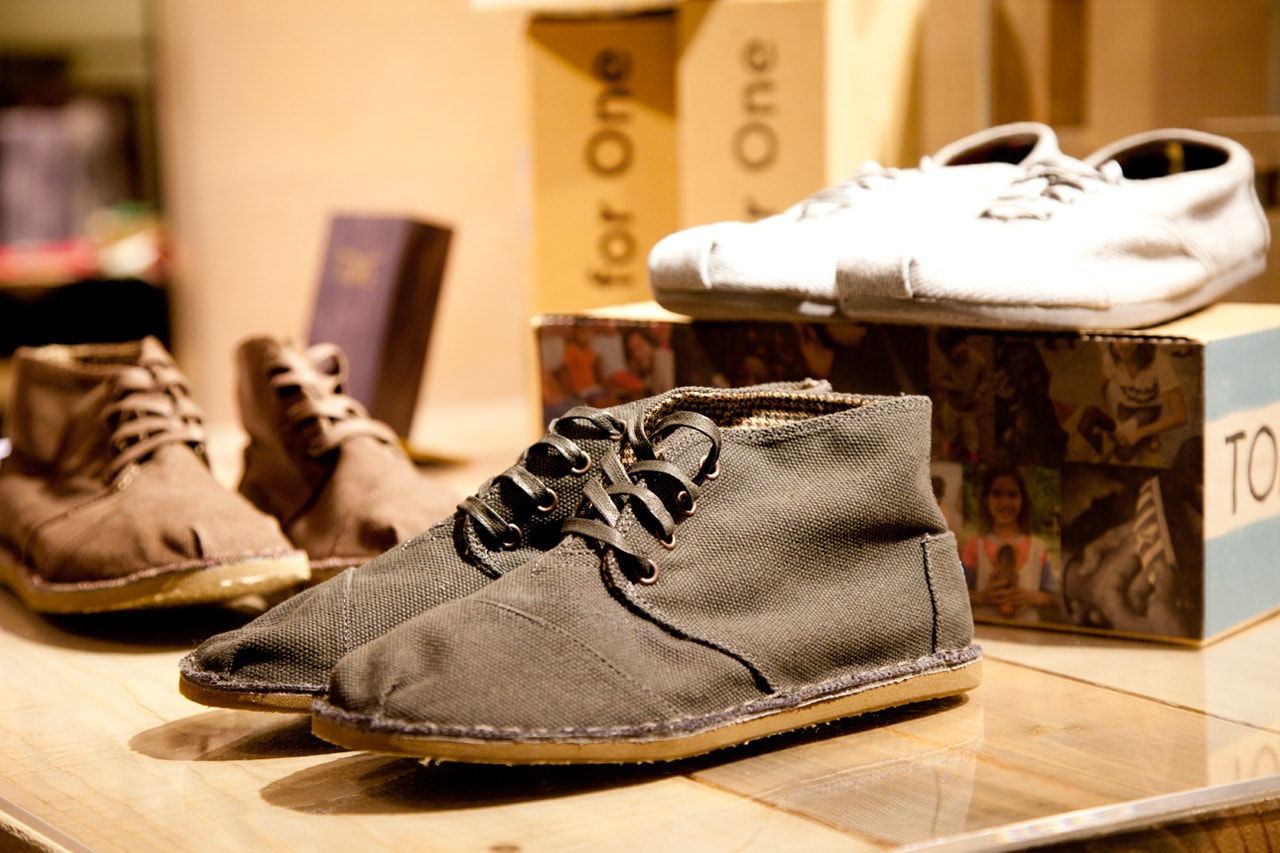

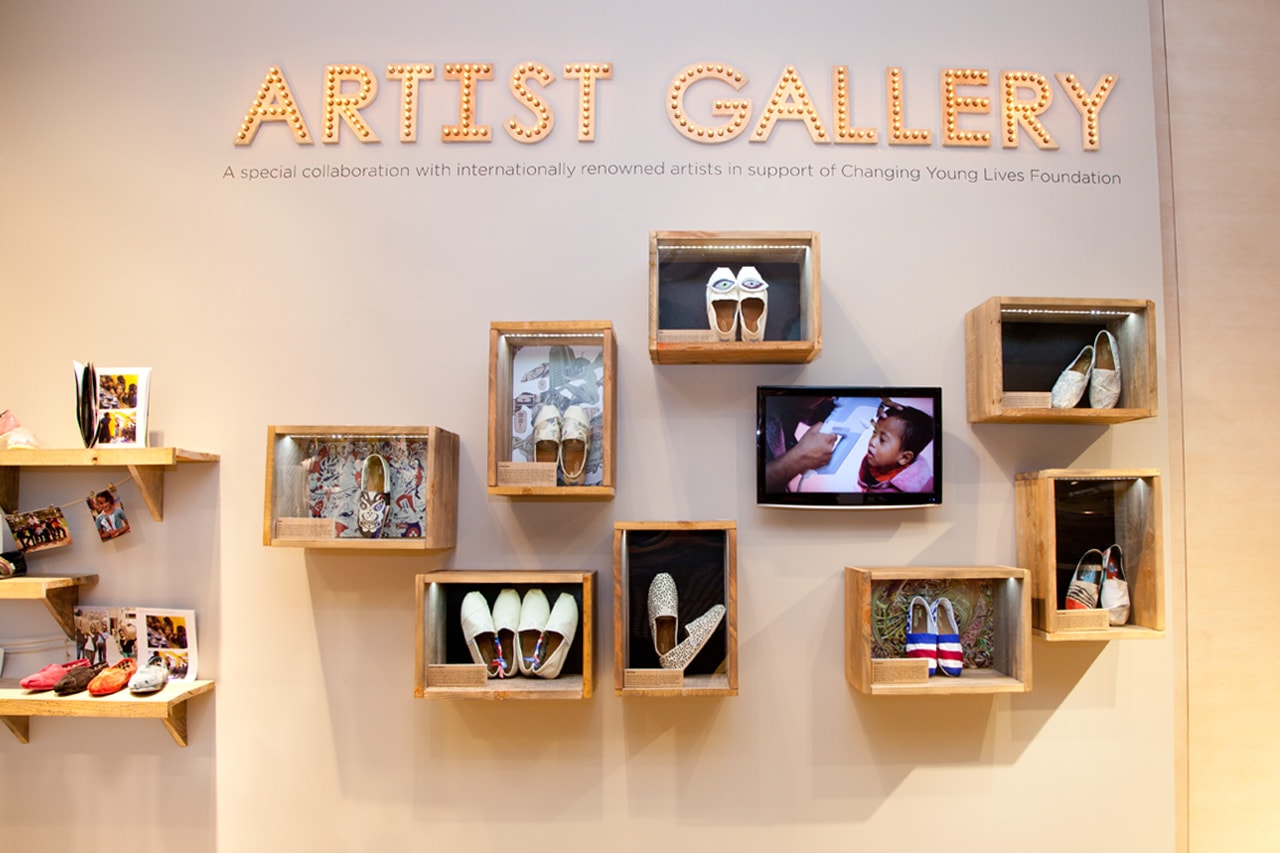

In a short six years, TOMS Shoes has effectively redefined the landscape for fashion philanthropy. Founded by Blake Mycoskie, the Santa Monica outfit was revolutionary in its One for One operation that ensured that for every shoe purchased, a shoe would subsequently be donated to a child in need across the world. This has resulted in several other, similarly positioned initiatives including the likes of Warby Parker and 141 through the scope of eyewear. Despite its widespread popularity, TOMS has been unmoved from its global goal that has leveraged its size and ability to further highlight various maladies across the world. On a quiet afternoon prior to the opening of his pop-up space at Lane Crawford’s ifc location in Hong Kong, Mycoskie provided us for some great conversation over this methods as a CEO, the internal structure of TOMS and finally, what sort of projects and issues he hopes to tackle next.
I glanced over your book briefly and one thing I found interesting is how you approach efficiency. For you and for a lot of CEOs that’s a big thing. How do you scale up your time as you’re always really busy?
I’m somewhat obsessed with — I wouldn’t say efficiency — but I would call it lifestyle design. I really don’t work a lot. I mean, I actually take more time off and spend it in nature — surfing and traveling for fun — more than most CEOs do. I think a large part of that is the fact that I’m a large believer in — and this is something that’s been discussed in many business books — hiring the right people and giving them unbelievable amounts of power and autonomy. When you give someone autonomy, it gives them more joy in what they do and unless they give you reason not to give them autonomy. There’s no reason to hire someone to do the job and do 20% of their job for them. So a large part of my success in other businesses before TOMS and with TOMS has been hiring people and spending intense amounts of time with them initially, and then really setting them free. I hired a president to run TOMS, Laurent Potdevin, 16 months ago and for the first couple of months, I didn’t really allow him to run the company or interact with the staff. So he was there, and everyone knew he was the president, but he wasn’t really doing anything except spending really intense time with me so we could really understand each other on a personal and professional level, and so he would know how to make the types of decisions when I’m not here that I would if I was actually here.
So what would you say is an important facet to your success as a leader?
If you want to be a good CEO or founder, you have to be willing to let people make mistakes and learn on their own. And that’s something that I’ve found a lot and I’ve done that very early on too, and it’s allowed me to be more efficient with my time. And I think the other thing is that when you’re not there a lot, then when you are there, people are really — it’s special — they’re prepared, the meetings are succinct. It makes my time so much more efficient because people know, well, he’s not gonna be here for another month, we’d better really focus.
How do you think your hiring process has changed from the time when you were a small company to now, when you can’t screen everyone personally? I guess, from what I gather, your company culture is something that trickles down. How do you make sure that it’s really strong?
One of the things we use is psychological testing. We use tests that potential employees of a certain level — managers and above — take, and it’s probably a 45-minute test with about 120 questions. They’re simple questions, like do you prefer writing emails when you are frustrated about something or would you rather talk on the phone? If you had an extra $10,000 at the end of the year would you prefer to fix your house or buy something? They are simple questions but the test is amazing at predicting how someone’s going to behave in stressful situations, what types of decisions they’re gonna make, what their priorities are, how they’re going to treat their staff. Those can be read very quickly, so I don’t even have to meet with the person sometimes, I can read these reports and really — it’s not always certain — but really have a good level of comfort that this person is going to fit in this role. The other thing that is really great and fortunate is that of the first 40 employees at TOMS, I would say 36 of them are still with us, so they have a real ownership of the culture, and they’re very quick to send me a text message even if I’m on my honeymoon, if they don’t feel something is going right.
It’s really interesting because I look at, obviously TOMS has such a strong background in philanthropy but it seems that the business side is obviously not a oversight, it’s very much on lockdown.
Yeah, one of the things that really surprises people when they come to TOMS is how intense it is and how competitive it is — in a good way. You know, that’s one of the reasons I started a business and not a charity. I feel like, unfortunately, charities and non-profits attract a little bit — I mean sometime, I’m gonna totally generalize — a bit more of a relaxed. There’s not as much of a sense of urgency or competitiveness. The competitiveness, urgency and the discipline that we have is what allows us to help a lot more people, so that’s why I think a business atmosphere can be a very good catalyst for positive change. That’s one thing that people see when they come to TOMS, like, wow, there are people here at 6 a.m. and they stay till 10 at night and they’re really intense about this. But I think that that’s because they realize there’s a purpose beyond a paycheck and that they know there are very few times in history that you can be part of a business that potentially is impacting history, and they’re excited to be there.
What are your favorite tools or apps that you use?
The best tool I have for efficiency is always carrying a journal and as simple as that sounds, one of the things that is most exhausting for a human being is remembering things. So what I found is anytime I have an idea or thought or something I want to do, if I write it down as part of a continuous list, then my mind doesn’t have to store it, so my mind can be more efficient and more creative by not having to remember all these things. I have a really bad memory because I’ve gotten so used to writing everything down. Now I take my journal, which is the physical form, and there’s a program and I don’t know if they have it for PCs but it’s on Mac called Circus Pony. Circus Pony is a digital notebook and it’s searchable, so I have all the entries — journal entries, ideas, things and I can search by themes, dates, whatever from two years ago. I can search using this program and find it right away.
With regards to the whole One to One model, do you think the product is necessary in this day and age to get your point across? For example, if you were to just highlight and bring to light the fact we need to provide shoes for these kids in Argentina, do you think it would have the same impact or do you need to tie something tangible to it?
I think you can create general awareness for social issues and obviously non-profits and governments do it every day. I think having a product makes it really great because, for instance, with our eyewear now, and the way that we designed it, from the case to the stripes to every part, this is a representation of the fact that 284 million people can’t see properly and that by buying something as simple and materialistic as a pair of sunglasses, I can help one of those 284 million people get the help that they need. So it allows a conversation to exist more naturally than if I just over lunch said, “I want to talk about the fact that there’s people who need our help with sight.” So I think a product is really great as you wear it; it becomes part of your identity, and then it becomes part of the conversation. It’s not necessary, but I definitely think it’s effective.
How do you think your whole initiative has been boosted by the internet versus when you started? How has it influenced the way you guys do things or communicate your message?
I don’t think TOMS could have existed 10 years ago because we’re totally dependent on the Internet to spread our idea to enlist people in our movement. So the only way that our story, designs and our ideas can get out there is through using social media, and we did it very early on and we did it in a very organic way. They feel like they’re part of something larger than just buying a pair of shoes or a pair of glasses. It has also been really important to show our consumers the work that’s happening on their behalf and that’s one of my favorite things. For example, on Flickr, you see pictures of people on shoe drops, and they’re not TOMS employees, these are volunteers, people around the world, like people in Rwanda who are traveling to go see the gorillas and they happen to be walking through a community or a village and they see all the kids wearing TOMS. The absolute gold standard to me would be if you take a pair of shoes and somewhere on here there’d be a RFID tag, and you could literally scan it on your phone and it could show you the kid who got a pair of shoes. And I think that could happen eventually.
Right now, going from footwear to sunglasses, what other product mediums do you see that you would like to explore?
For the next two years we’ll be focusing on the eyewear. I mean, it’s a huge issue, it’s a great opportunity from a business standpoint, there are so many different styles, it fits very well with our existing distribution — most of the stores that carry our shoes also carry our sunglasses. I also really think it’s important as an entrepreneur to focus. When I invest in something I want to really invest until we build a strong presence, and then we’ll look at the next product. We’ve also introduced a lot of new shoes. We have boots now and we have different materials that we’re always experimenting with.
Aesthetically, how would you define TOMS? I would assume that in the beginning, it was very much an unadulterated vision of what you wanted to create but obviously as you grow the company now everything you create you don’t necessarily want to wear or like.
That’s a hard thing. We’re doing a men’s shoe now that I would never wear. But there’s a lot of guys who would wear this shoe but not another shoe. I think aesthetically my thing is that I try to keep it casual, comfortable, and utilitarian. Something that’s really timeless. What we look at on our men’s side for instance, with our desert boots — it’s a really simple design, really classic, and they still have the cross-stitch on the toe of the shoe, patch on the back, and the flap. So you still have the design cues from the original shoe. I think that’s important too and I think that keeping the assortment limited, not doing too much, not trying to be for everyone.
In terms of the shoes you give away, is it essentially a pair of TOMS or something different?
We give different kinds of shoes based on the community. For instance, in Mongolia, it’s freezing cold, kids are getting frost bite so we give a warm winter boot that looks like a pair of UGGs. In South Africa, they need black school shoes so we give those. In Argentina, we do give shoes that look like these because that’s what they want to wear, so it really depends on what country, what time of year. In Africa, you have the monsoon season, the rainy season, they need something that can get washed and wet and rubberized, so it’s different.
One thing I also found very interesting in how brands have become very big but still maintain a genuine desirability factor. What do you think is the driving success behind TOMS? Despite the fact that you’re so ubiquitous, it’s still something that everyone wants.
That’s a tricky thing. One of the most important things is we don’t celebrate size. Even though you might know that we’ve gotten bigger because you see the shoes more and you see them in countries in stores all over the world, we don’t try, we don’t do big advertising. We try to preserve a very small, simple, humble message, so I think that’s one thing that’s important. The other thing I think is important is to really partner and collaborate with interesting people, artists and brands that are small too. So we’re not doing a partnership with massive brands. We want to do something with an interesting artist or a celebrity that has a very specific cause.
Now that you’re such a big entity, what things can you do that you obviously couldn’t do before? Did you have a vision that you wanted to achieve but wasn’t necessarily able to do then?
One thing we can do is really cool things for our employees. We have unbelievable perks. After you’ve been with the company for a year, we pay for you to go to Ethiopia or Argentina or wherever, it doesn’t count against your vacation time and you get to give out shoes or go to an eye clinic. We have workout classes every day in our headquarters so that people can stay fit. We take the whole company skiing once a year. We’re able to support other causes that we really care about. There’s a disease in Ethiopia called Podoconiosis and we’re giving substantial funds to eradicate this disease with the profits that TOMS has generated, so I think that having resources allows you to have really develop and take care of your people, which is the most important thing in any business and to have a lot of fun and then also to support causes that are related, but not directly related to your business model. The other thing is that you can get a meeting with anyone. That’s the other thing that’s kind of cool. So if we really care about something or want to try to do something big, people will take a meeting. That’s always a challenge when you’re first starting out. Size is good in those ways, but it’s probably the biggest challenge too, because the most important thing is for people to care. It’s important for our consumers to care and feel like their shoe, this pair that they bought is making a difference in someone’s life. And it’s really easy to understand and connect to that when you’re small, but when they see that you’re big, they’ve got to still connect and care. It’s the same with our employees. When there were 40 of us, that was one thing, but now that there are 300 of us, is my contribution making a difference. So size is important to keep people connected to the why of what we do and we’ve talked a lot about that.

